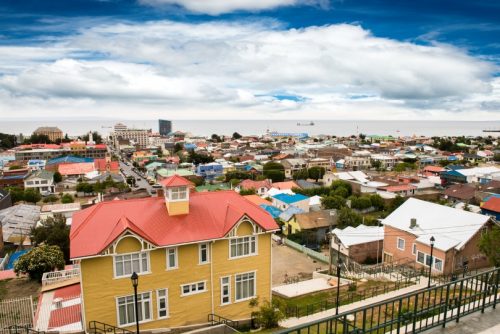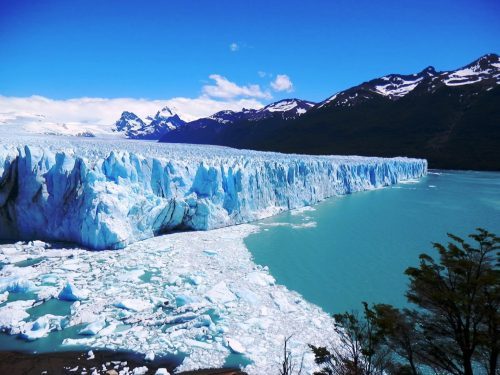扩展到世界南端的自然美
普塔阿雷纳斯
在泛塔阿雷纳斯的眼睛之间蔓延的是大航海时代航海士麦哲伦发现并命名的麦哲伦海峡。连接大西洋和太平洋的这个海峡的发现在海运上起了非常重要的作用。请一边怀念大航海时代的繁荣,一边欣赏巴塔哥尼亚朴素的风景。

希望“改变世界史的海峡”
作为巴塔哥尼亚中心城市的丰塔阿雷纳斯,规模也很紧凑,非常适合逛街。如果一边听麦哲伦和巴塔哥尼亚的产业的话,就能更深刻地了解希望“改变世界史的海峡”的这条小街道的历史。郊外有巴塔哥尼亚牧歌般的风景,可以窥见生活在严酷大地上的人们的生活。在饲养牧羊、牛、羊驼等的牧场,可以享受剪毛秀和豪爽的羊肉午餐。在日本没有太多了解的机会,试着倾听一下巴塔哥尼亚的自然和风土,以及普塔阿雷纳斯走过的历史吧。

大自然的神秘美丽蓝色冰川
拥有蓝色尖塔美丽的佩里特·莫雷诺冰川、南美最大长度60公里的乌普萨拉冰川的“罗斯·格拉西亚斯国家公园”位于安第斯山脉南端的巴塔哥尼亚,仅次于南极·格陵兰,地球上第三大的冰川群很有魅力。这个国立公园观光的据点是小街“艾尔·卡拉法特”。这个被森林和湖泊包围的地方,在冰河观光的季节里,来自世界各地的游客都会来访。从小型邮轮眺望乌普萨拉冰川,走在佩里特·莫雷诺冰川迫在眉睫的步行街上,大自然创造的景色会让人目不暇接。在清新的空气中徒步旅行是特别的。
PHOTO:PEACEBOAT, shutterstock.com
